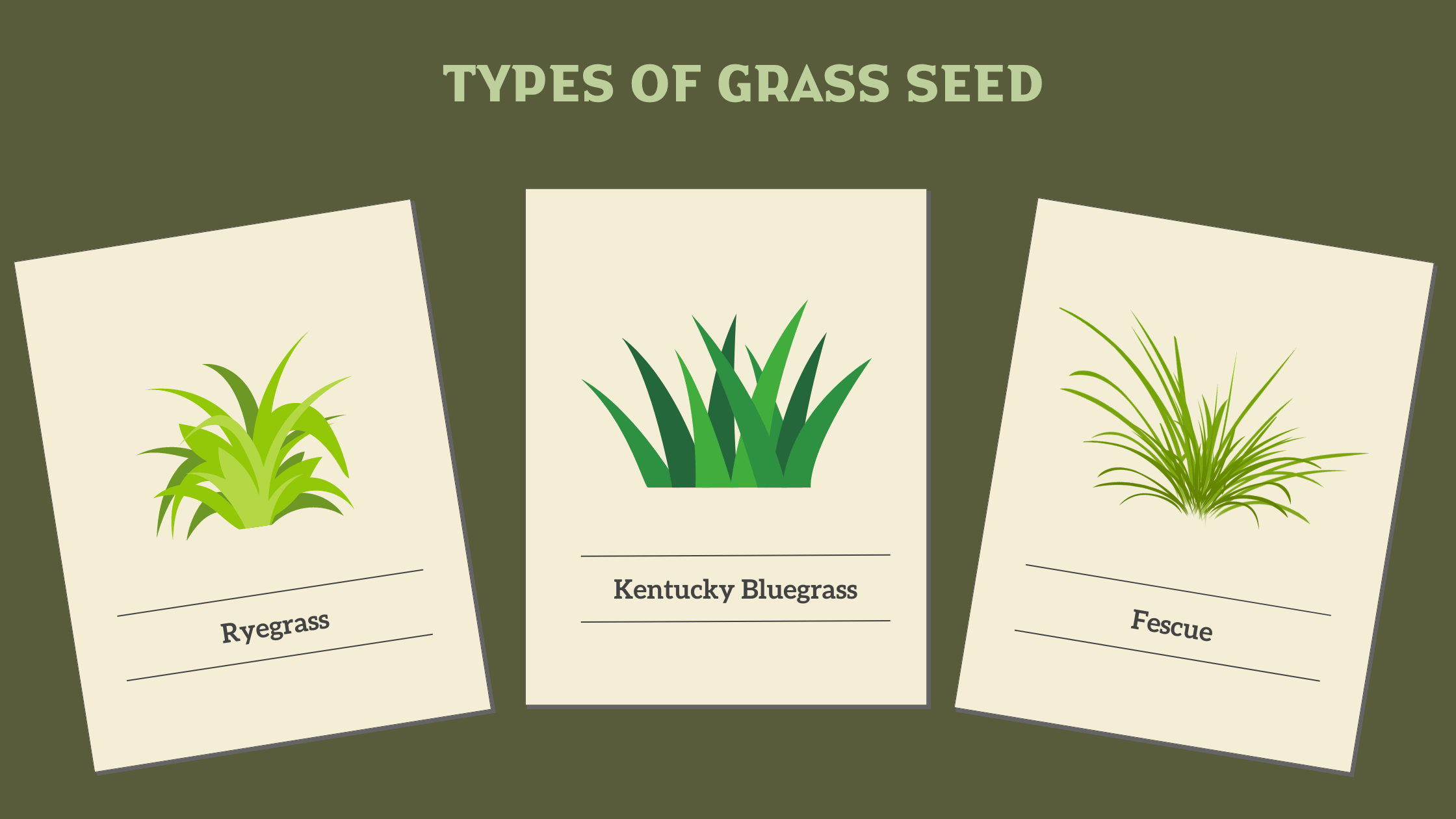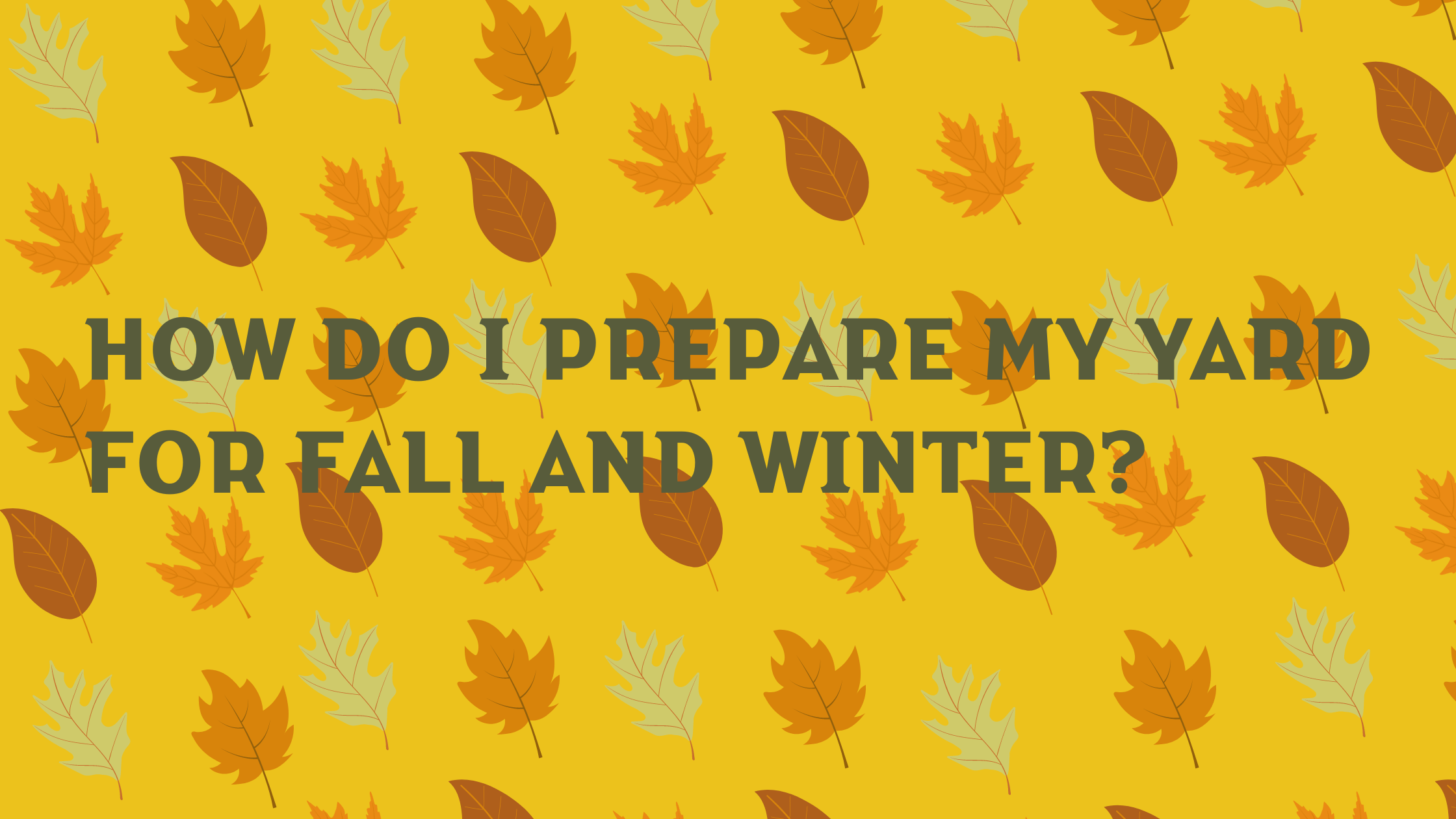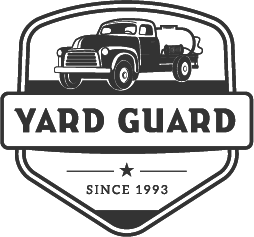I bet you’re excited to stop mowing soon, but please don’t put those mowers away just yet. We have a couple fall mowing recommendations that will help set your lawn up for success next spring and summer.
Your lawn is just starting to thrive again after struggling through the heat of the summer. The cool nights and shorter days are allowing it to go through another growing cycle before going dormant in the next couple of months. This is the most important time of year for all plants – they are sending energy down to their roots as storage for next year. Even though you don’t see a ton of top growth, plants (including lawns) are really active late into fall.
Side note: this is why it’s so important to get a fall fertilization before the lawn goes dormant, it needs the nutrients while it’s pushing growth and to overwinter well.
We recommend continuing to mow your lawn as normal: once a week, ensuring the height is at 3.5-4” until it starts to go dormant. Once it’s fully dormant, lower your mower to 2 inches and bag the clippings. This final cut helps reduce the risk of snow mold and eliminates habitat for voles, while still providing enough protection for your soil and roots through winter.
When your lawn goes dormant truly depends on the time of year (mostly soil temperature) and how much moisture the lawn is getting, but typically you’re going to be looking at the end of October/beginning of November for lawns in the Gallatin and Park counties. A good rule of thumb: after the first snow that melts away, it’s time for that last mow of the season.
P.S.: Please be sure to remove the leaves that are on your lawn. As a rule of thumb 20% coverage of the lawn is fine, anything over that could create disease issues in the coming year. Read more about that specific topic here: To Rake or Not to Rake.
To summarize our fall mowing recommendations:
- Mow your lawn as normal until it starts to go dormant. 3.5-4” height is preferred
- Once fully dormant, lower the mower to 2” and bag the clippings to reduce vole habitat and risk of disease in the future year. (around Halloween)
- Pick up at least 70% of the leaves on your lawn.
- DON’T skip your last fertilization app!
 Billpay
Billpay
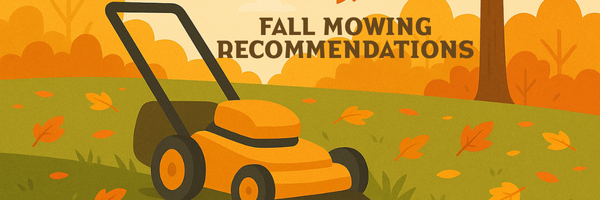
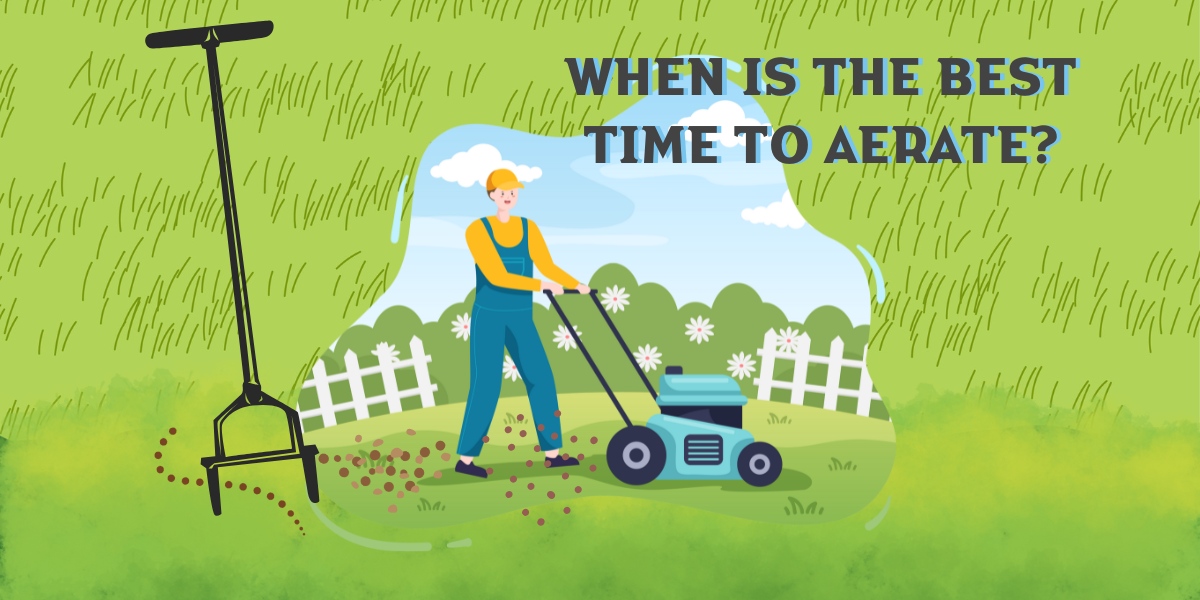
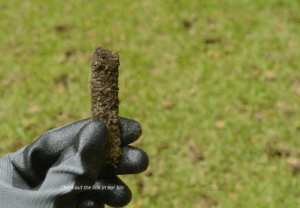

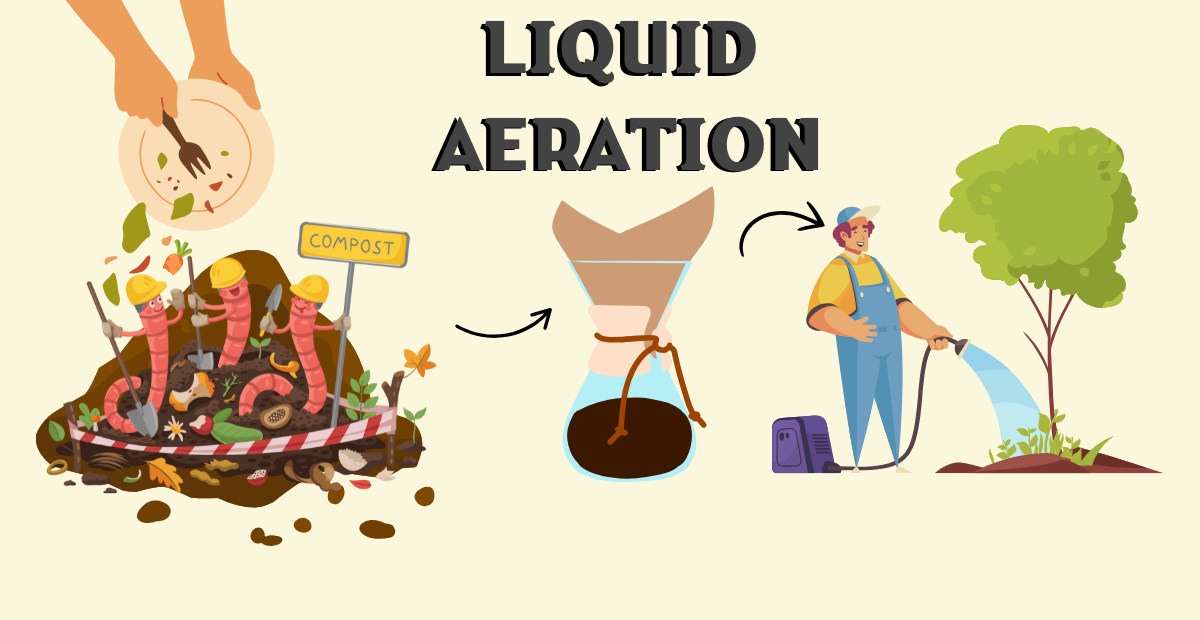
 mechanical or liquid aeration. While mechanical aeration pulls out plugs to decompact the soil and can leave your lawn looking like your dog gifted you with forbidden chocolate, liquid aeration is a much less invasive process.
mechanical or liquid aeration. While mechanical aeration pulls out plugs to decompact the soil and can leave your lawn looking like your dog gifted you with forbidden chocolate, liquid aeration is a much less invasive process.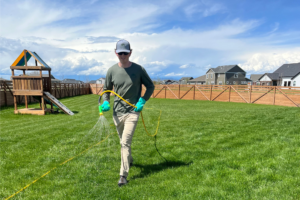 dumped into the landfills and uses worms to transform it into organic matter that is packed with nutrients and beneficial microorganisms. We then take this compost and blend in premium worm castings (also sourced from YES Compost) and extract the best parts by brewing a concentrated elixir that is packed with fungal acids, humic acids, amino acids, and micronutrients. Not only does this liquid brew nourish your soil, but it also aerates it, introduces helpful bacteria that strengthen the existing microbial community, and restores the missing organic material that is causing those stubborn brown and yellow patches that we all hate. It changes and improves the structure of the soil while also allowing for better water and nutrient absorption that reduces the need for excessive watering. Compost Tea is the sustainable, minimally invasive, and chemical free way to introduce beneficial microbes that strengthen the soil while fostering a safer environment for your family and pets.
dumped into the landfills and uses worms to transform it into organic matter that is packed with nutrients and beneficial microorganisms. We then take this compost and blend in premium worm castings (also sourced from YES Compost) and extract the best parts by brewing a concentrated elixir that is packed with fungal acids, humic acids, amino acids, and micronutrients. Not only does this liquid brew nourish your soil, but it also aerates it, introduces helpful bacteria that strengthen the existing microbial community, and restores the missing organic material that is causing those stubborn brown and yellow patches that we all hate. It changes and improves the structure of the soil while also allowing for better water and nutrient absorption that reduces the need for excessive watering. Compost Tea is the sustainable, minimally invasive, and chemical free way to introduce beneficial microbes that strengthen the soil while fostering a safer environment for your family and pets. 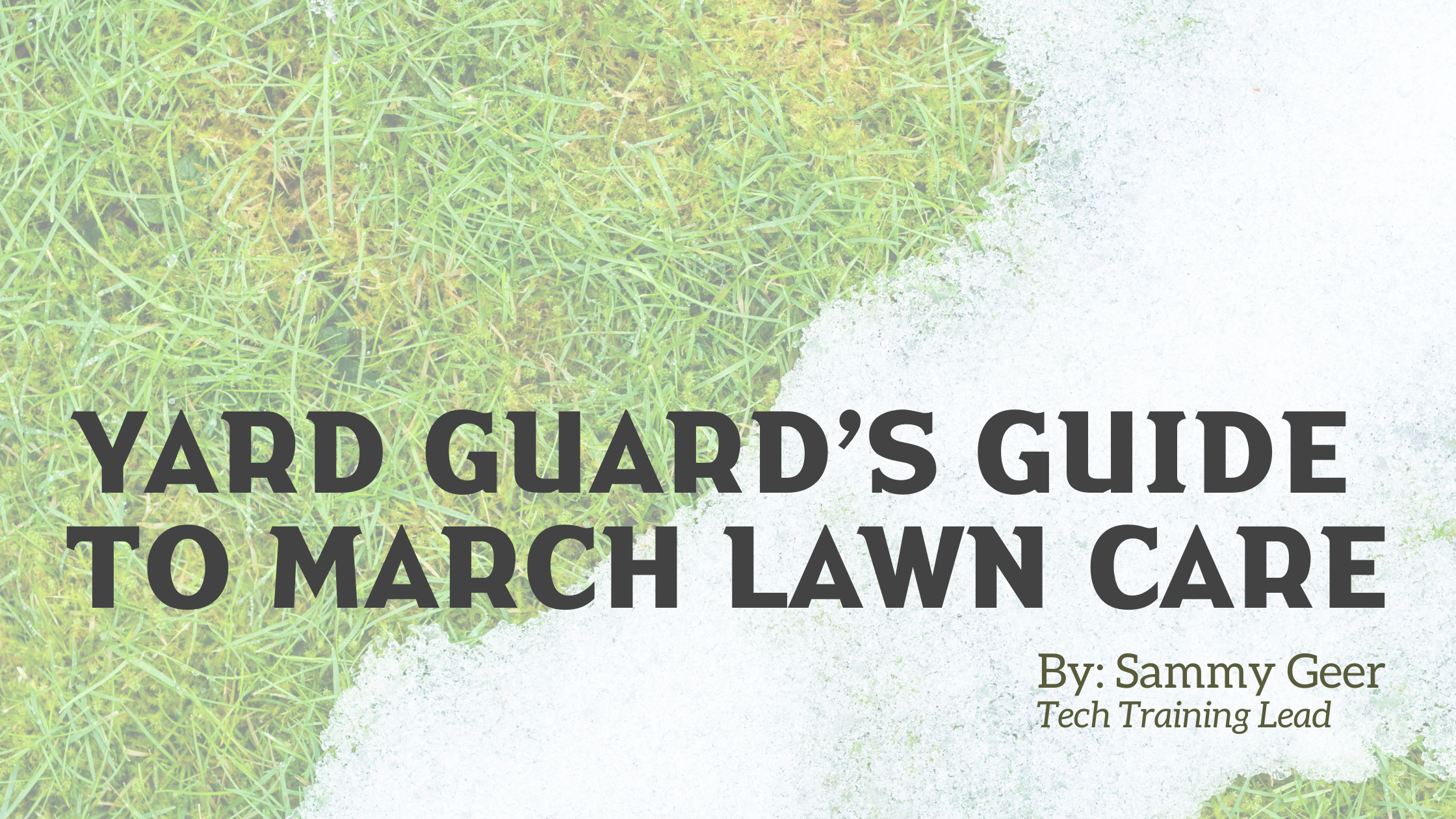

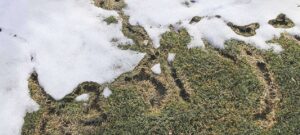
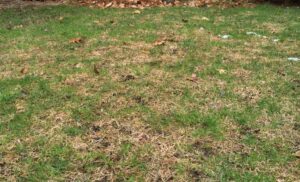 In severe cases, the affected areas can become matted.
In severe cases, the affected areas can become matted.
